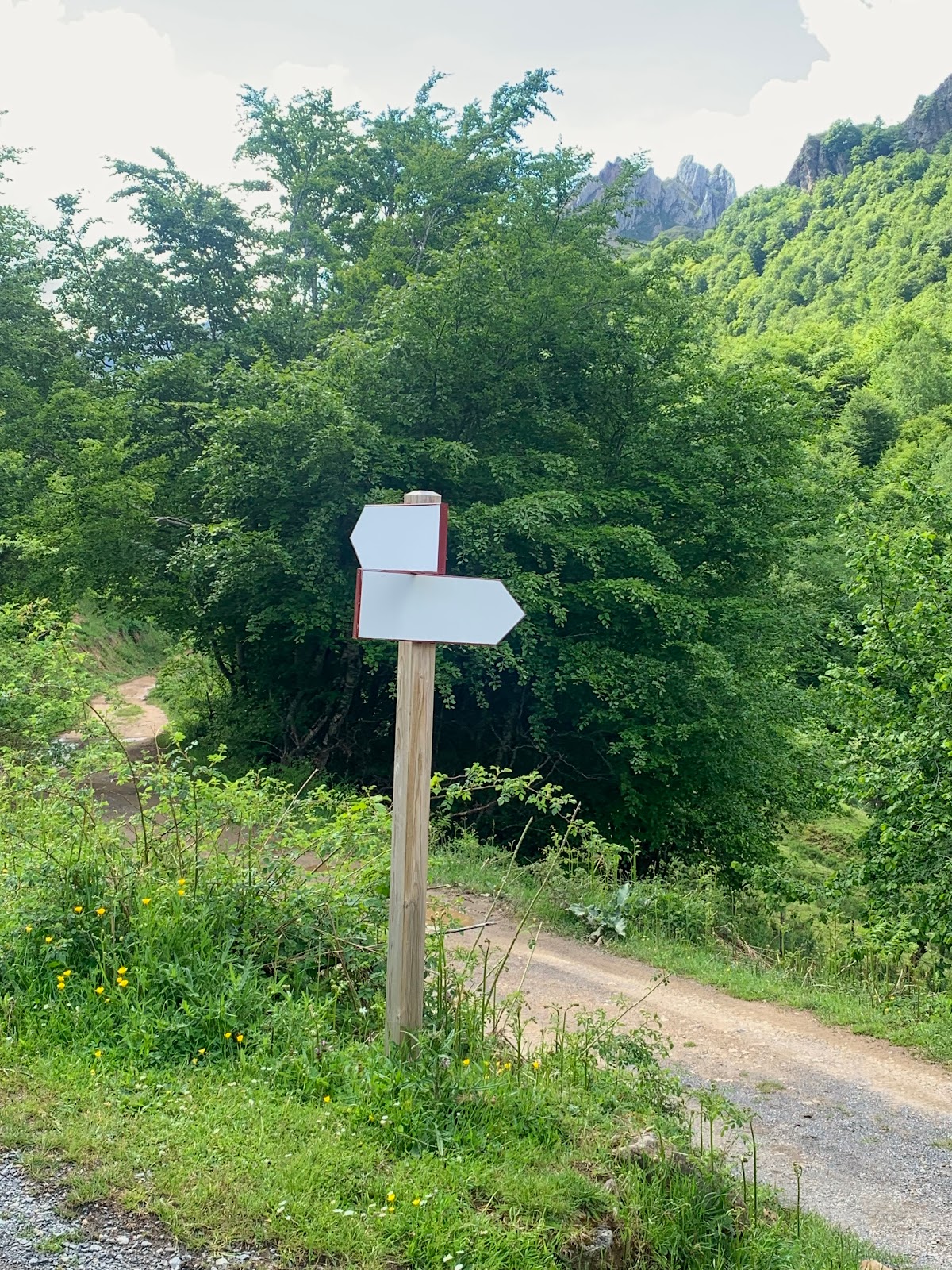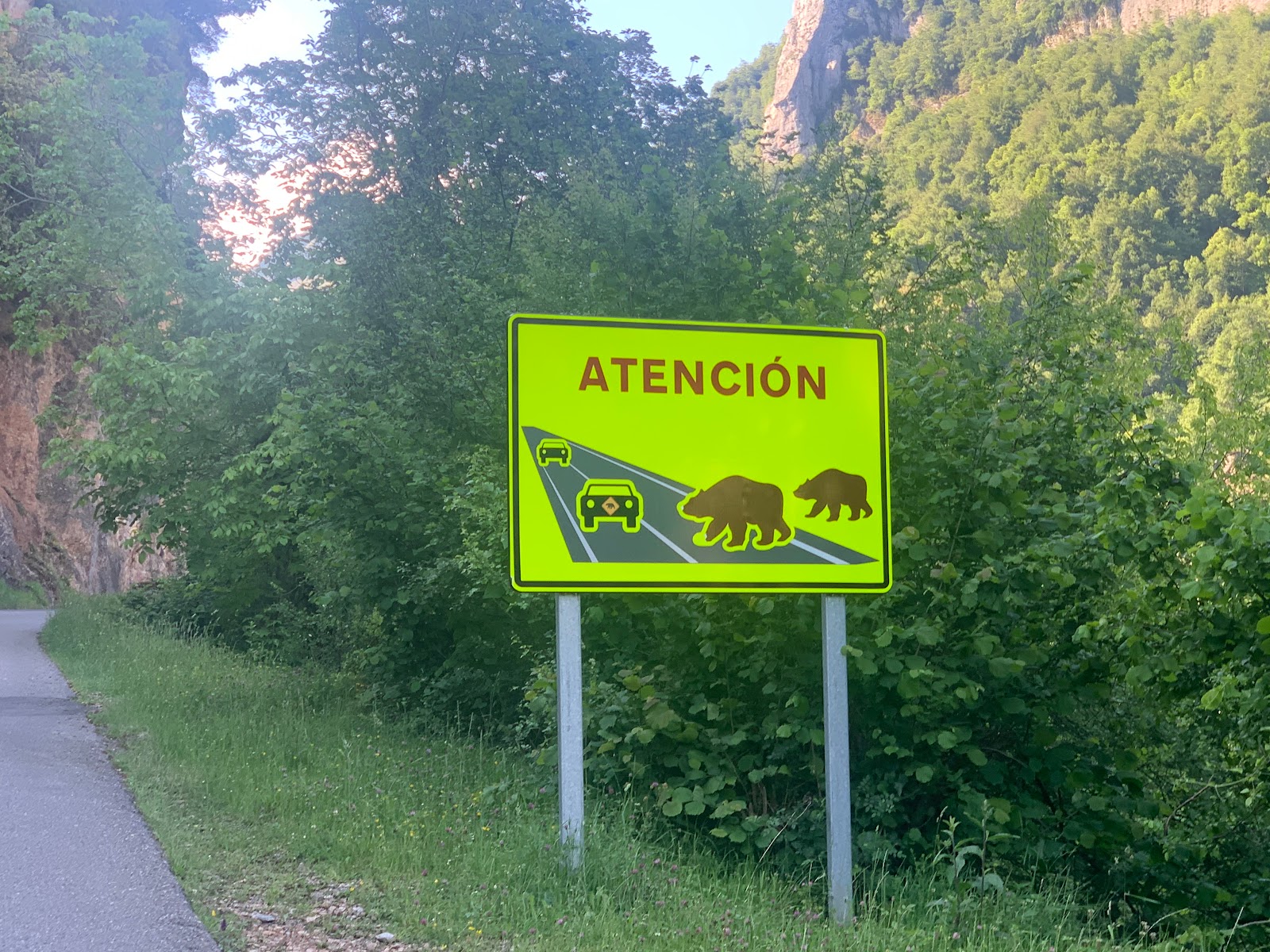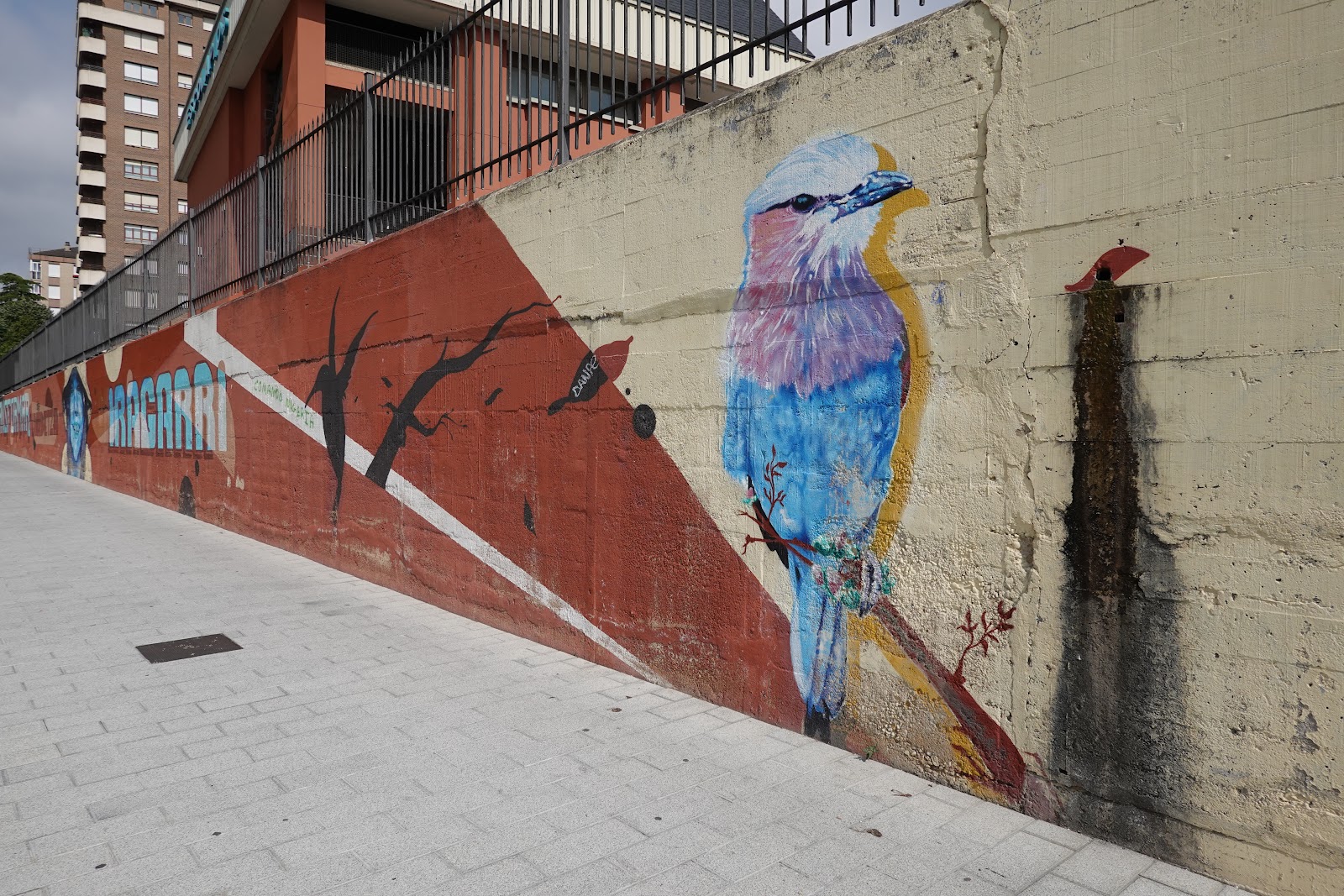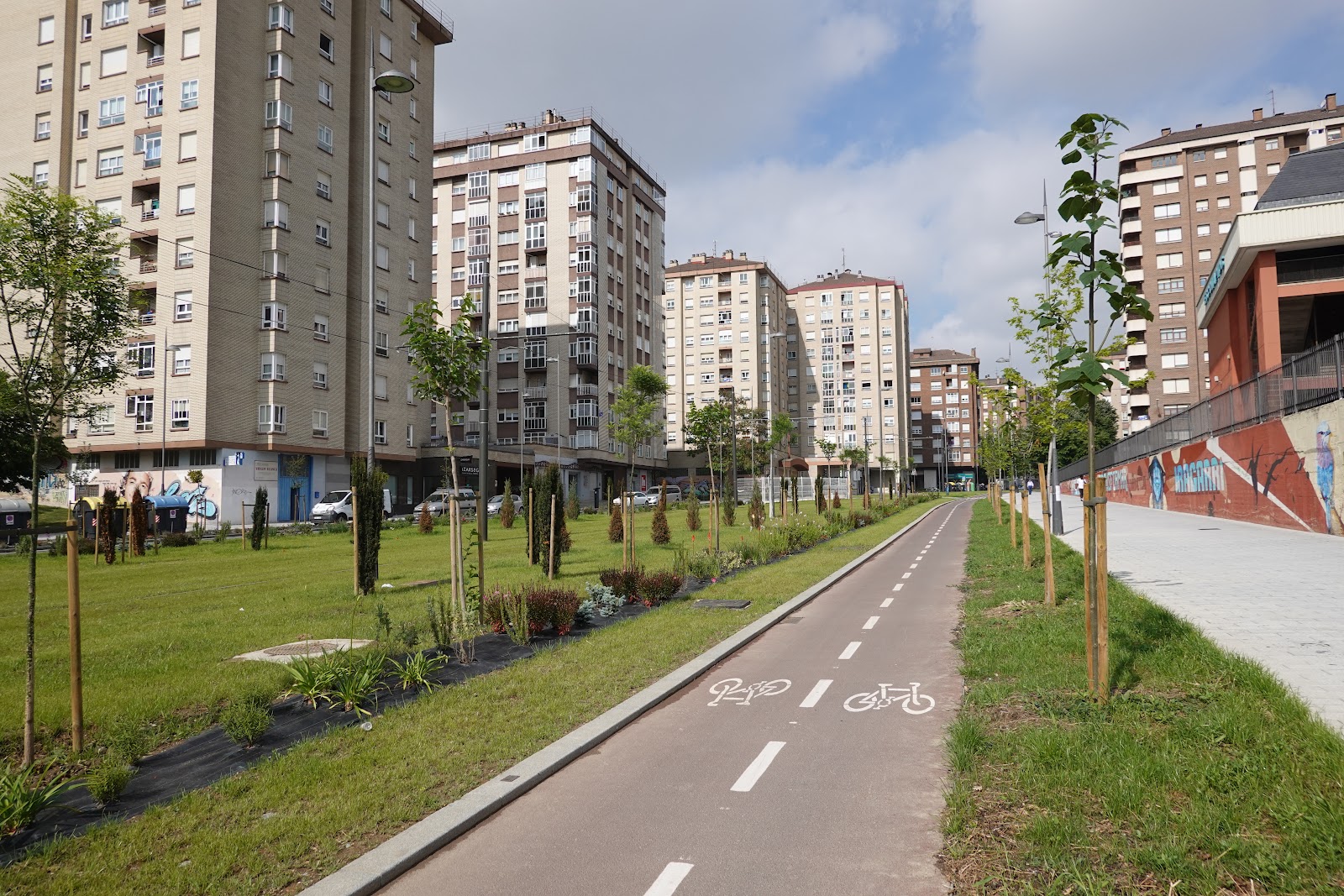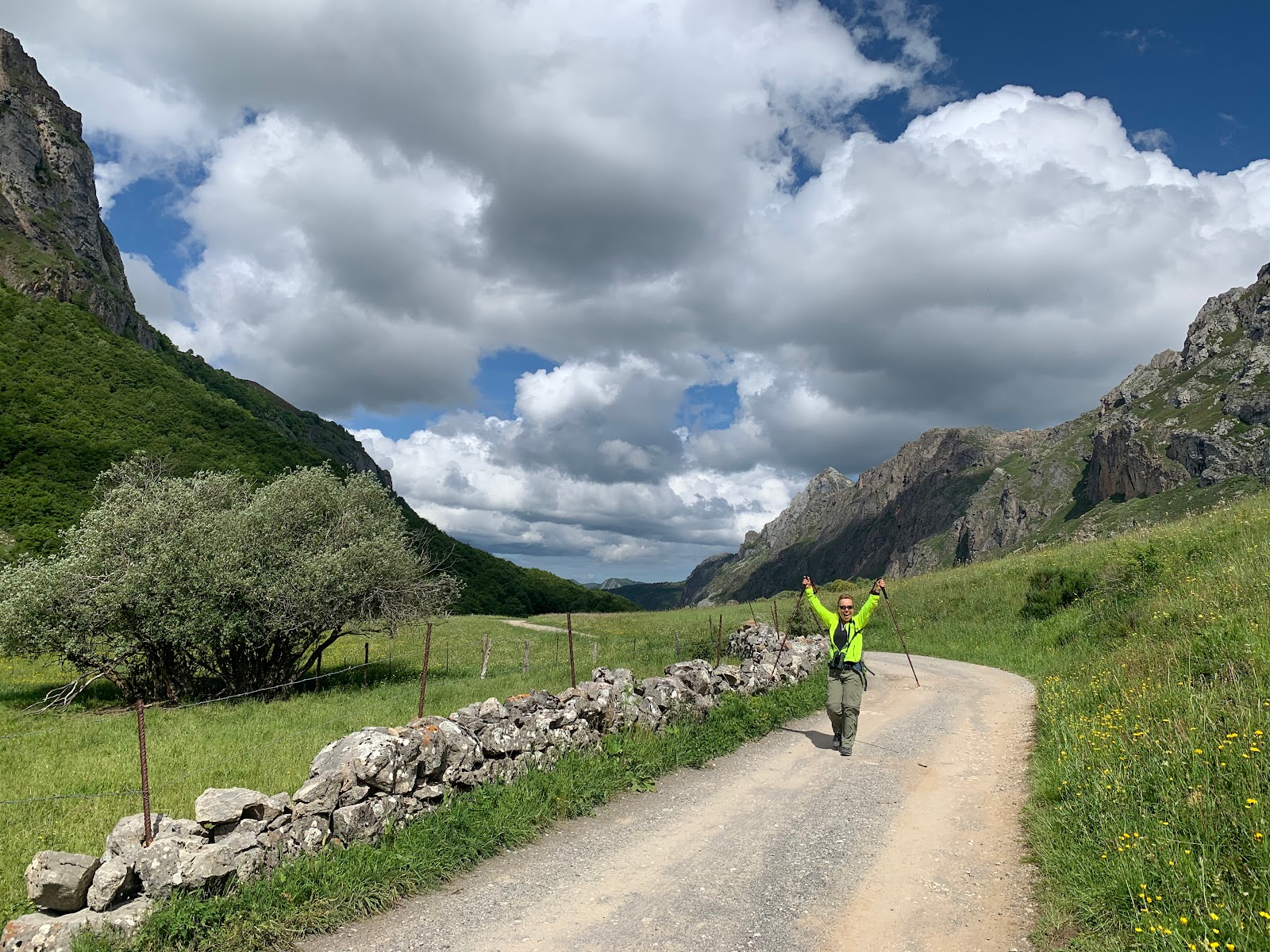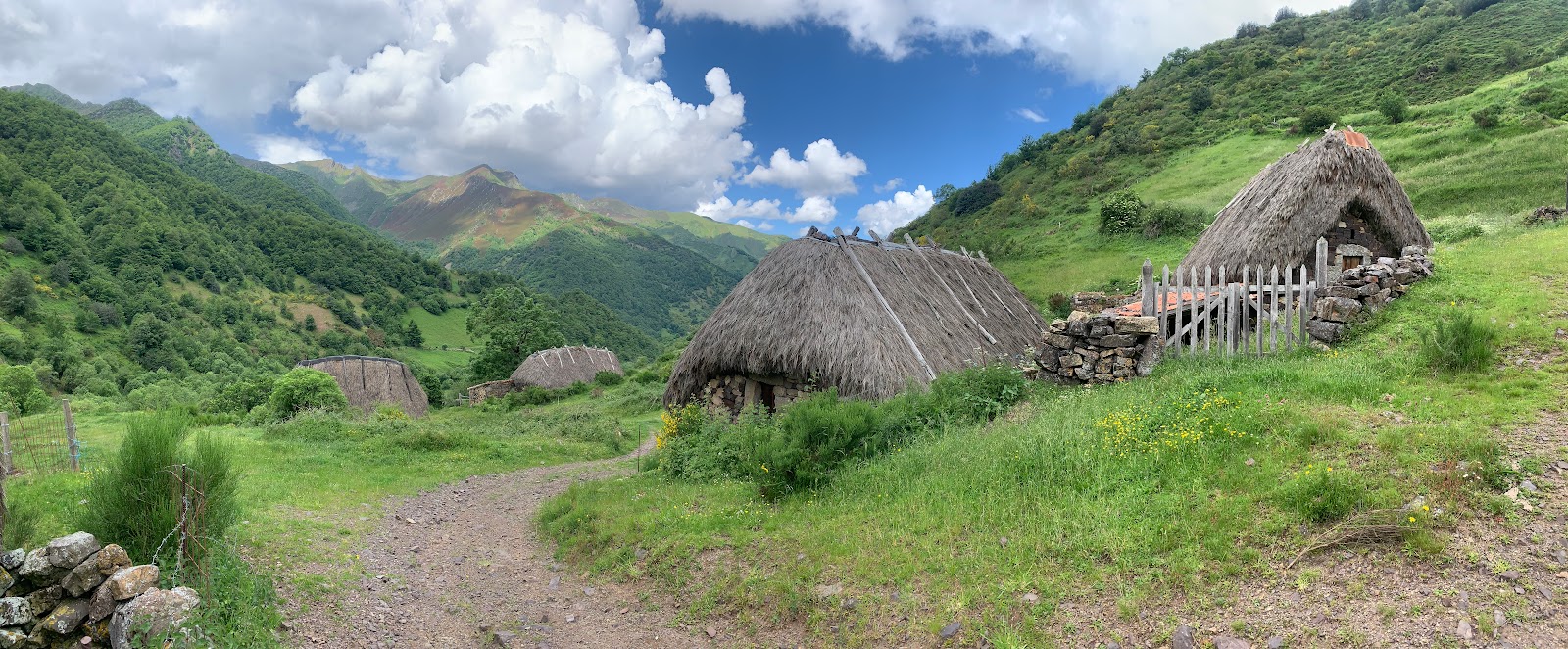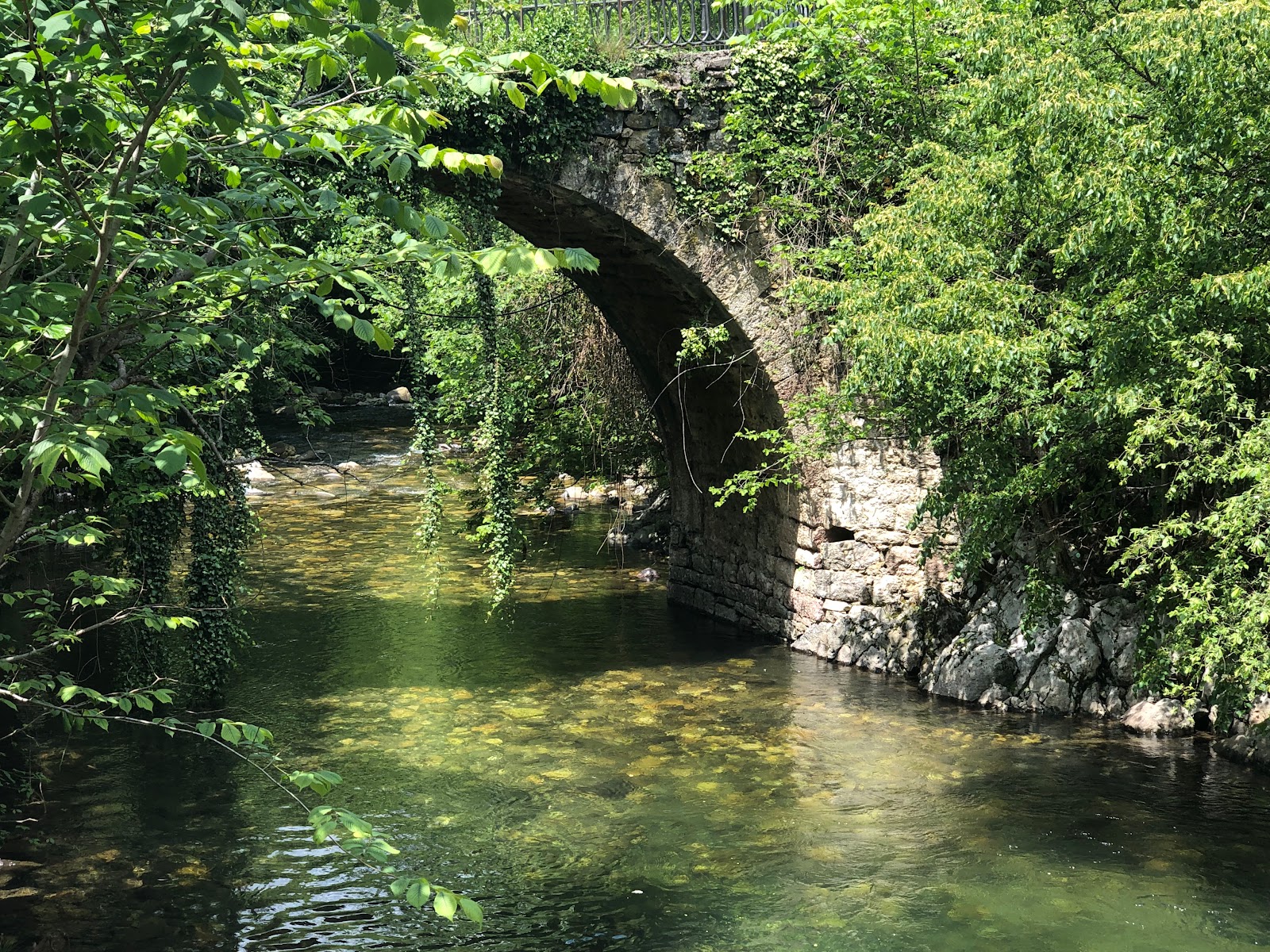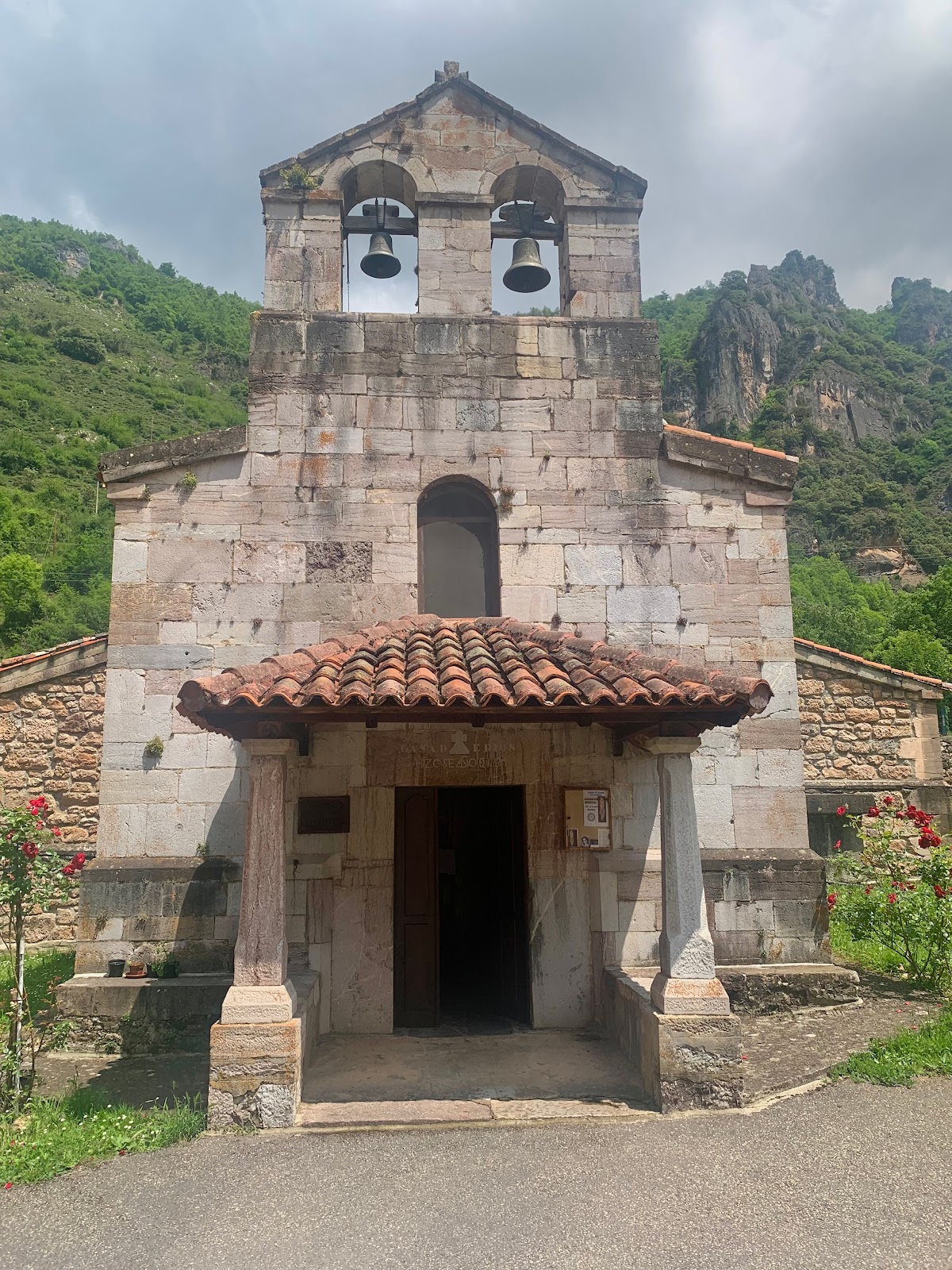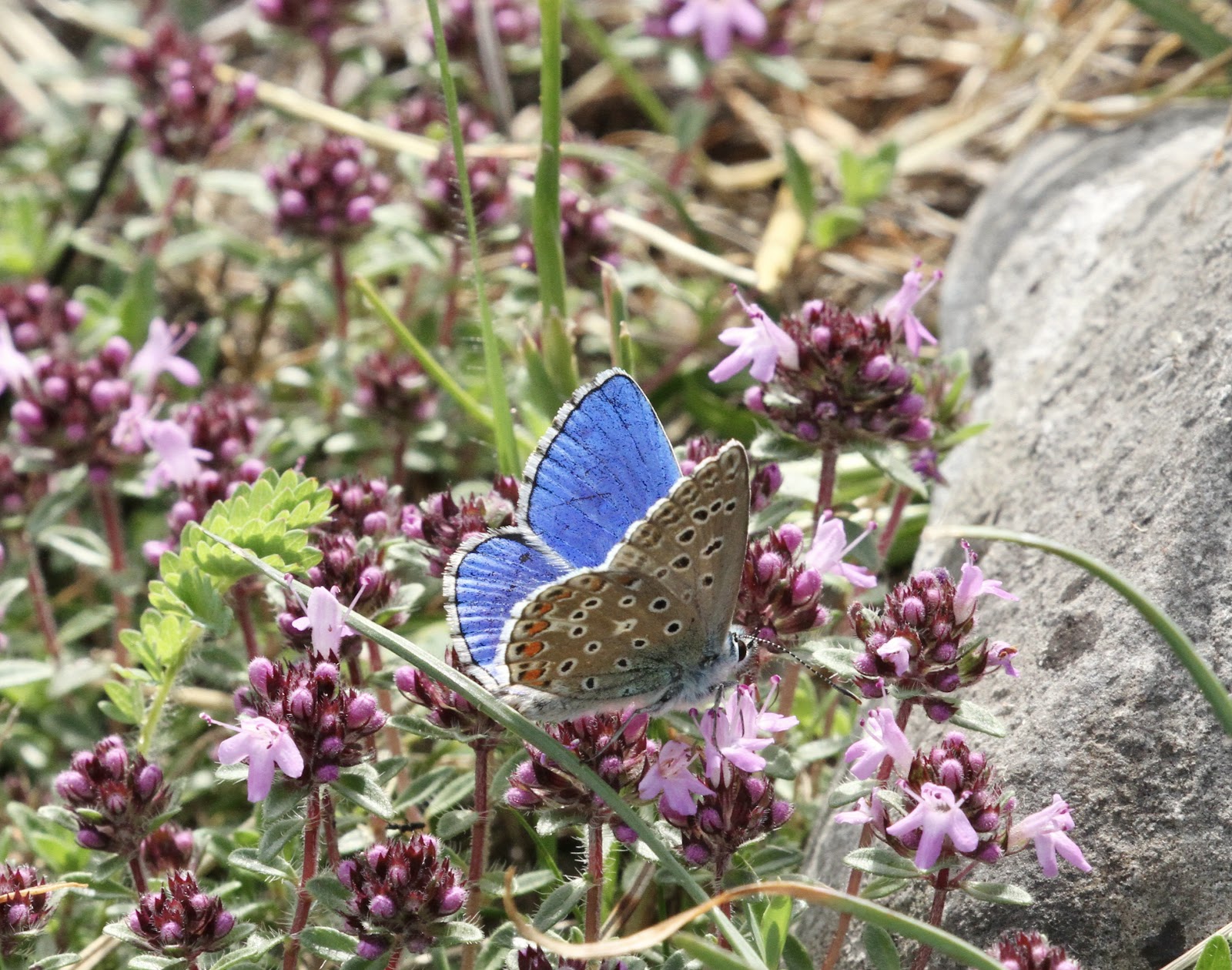My friend Aeneas and I just hiked to the top of Half Dome. The National Park Service has a pretty good page about the route and the experience, if you want to see what the officials say.
Monday, September 25, 2023
Half Dome Hike, Yosemite
Thursday, June 22, 2023
Random stuff from Spain
Phil, in particular, tends to notice signage and to find some of it amusing.
And another. We did see bears, at Somiedo Natural Park (a mama with two cubs, and another mama with one) but only at a great distance.
Vermut (vermouth) is big in Spain. Indeed, you can say "I'll see you at vermut" to mean "I'll see you at noon." There's quite a wide range of flavors.
Saturday, June 17, 2023
Vitoria-Gasteiz
Several years ago, our friend Cyrus was in the town of Vitoria-Gasteiz, in the Basque area of Spain. (Cyrus is a massage therapist, now with the St Louis Cardinals, and he was in Spain with the US Wrestling Team). Cyrus loved the town and told us we would love it too: According to Wikipedia, "it is the first Spanish municipality to be awarded the title of European Green Capital (in 2012) and it has been also recognized by the UN with the Global Green City Award (in 2019)." On Cyrus's recommendation, we decided to give it a go. We spent two days there and we loved it.
The first day, we walked a few miles from our hotel to the Samburua Wetlands, on the edge of the city.
All in all it was a great place to spend a couple of days. It would have been nice to have some more time. They have a museum of playing cards! Within the city there are several other interesting attractions too. Getting out into nature was our top priority but if we go back someday we might spend at least a bit of time in the city itself. We did at least walk around the old medieval center.
Monday, June 12, 2023
Drifting down the Sella River
Besides hiking and biking, we also spent a very pleasant few hours drifting down the Sella River in kayaks, surrounded at times by dozens of rambunctious Spaniards enjoying varying levels of intoxication.
We started just above the town of Arriondas. There's a kind of exciting flume leading down to the river, so they give you a push and down you go. Phil capsized right away at the bottom, so then the guys at the kayak place told everyone else "back-paddle on the left as soon as you hit the water." Hey guys, maybe mention that a little earlier, eh?
The river is broad and shallow, with occasional minor rapids. The great thing is, there's a forested green band all the way down the river. Every now and then the preserved area is quite narrow and you can see that you are just fifty yards from farm fields or a few houses, but mostly it is wide enough that you're basically out there in nature...with a bunch of other people drinking and carousing, of course. And this was well before the tourist season really gets started! I can only imagine what it's like on a hot day in July or August, when everyone decides getting out on the river would be a fun way to cool off.
Somehow Juliet managed to get a photo of Brigitte and Hal that didn't have other kayakers in it:
All in all it was a really fun outing, and gave Phil and Hal a much-needed rest day from their biking.
Sunday, June 11, 2023
Hiking in the Natural Parks of Asturias
Walking? Hiking? When does a walk become a hike, or vice versa? I dunno. I suppose that for me, if I change into hiking boots or think about changing into hiking boots in order to go for a walk, it's a hike. Anyway we did both walking and hiking in Spain, everything from easy strolls along to steep trails in the mountains. In a month many of these routes will be busy or at least not empty, but in May and early June we pretty much had them to ourselves.
It's a great area and a great time of year for birdwatching: lots of birds migrate up from Africa to breed, so the forests and fields are constantly loud with birdsong from both resident birds and migrants.
We didn't get photos of the mama bear with cubs that we saw at Somiedo Natural Park -- they were much too far away -- nor the 'rebecos' (French word is chamois; they are antelope-like animals that live at high elevation). The only time we saw a lot of people in one place at Somiedo was when we came upon a big group looking for bears. It turns out this was a meeting of nature guides from all of the parks in the region: at the end of the day, after the meeting was over, they all came out to see what they could see.
Anyway we got no photos of the charismatic megafauna. But here's a nice green lizard.
Even the tiniest towns have their own church. Many of them are not used much (I'm sure some aren't used at all), and I would guess that eventually a lot of them will be torn down or converted to other uses or something. But for now they add a focal point to every little village.
Where there are flowers there are pollinators. We saw many bumblebees of different sizes and color patterns, and many butterflies.

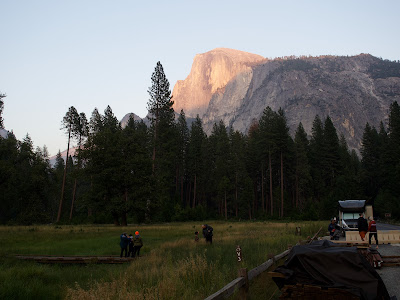





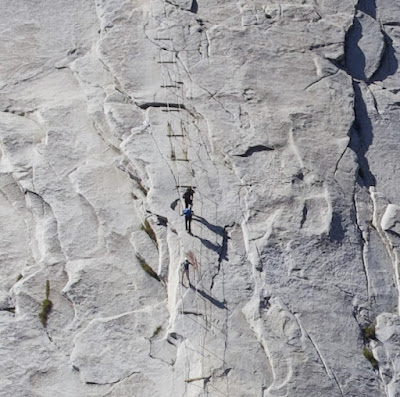


.jpeg)




